Category: Amazing Plants
-
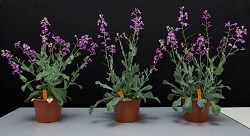
Blossoming In The Family Environment: Plants Flower More Heavily When Among Relatives
Results show for the first time that plants recognise kin and consequently modify their flowering strategies. “We found that plants invested disproportionally more resources to floral advertisement when they were growing with relatives compared to when they were growing with strangers or alone,” (Click on title for full story)
-
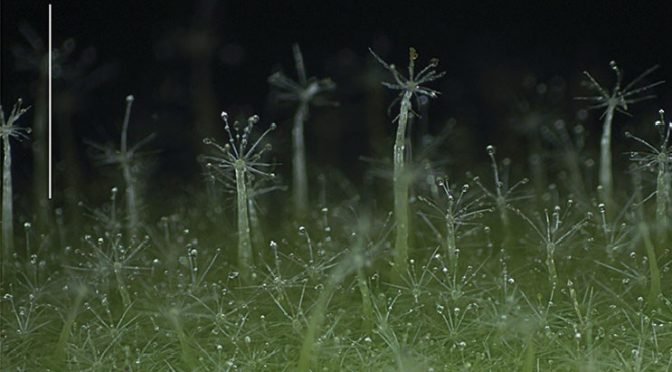
Newly Discovered Tomato Relative Was Just Growing By The Side Of The Road
Field observations of the new species have suggested that it’s preferred by medium- to large-sized bees with buzzing behaviour. The fruit structure of S. kollastrum, with fruits hanging outside its foliage on long axes, along with the numerous relatively small seeds and the release of a mild sweetish scent, suggest that fruits eaten by bats.…
-
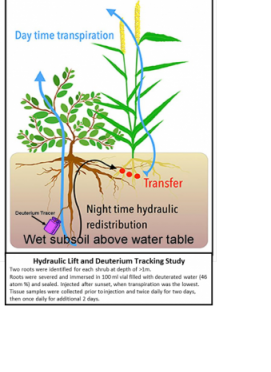
How An Over-Looked African Shrub Might Revolutionize Arid Farming
They found that, at night – when the shrubs weren’t busy with sunlight-dependent photosynthesis – the water drawn from deep underground leaks out through surface roots into the surrounding soil rather than exiting through the leaves. (Click on title for full story.)
-

“Good” Soil Bacteria Help Protect Plants From Harmful Soil Microorganisms
“We have demonstrated that the immune system of plants alone is not sufficient for protection against soil-derived and root-associated fungi and oomycetes, and that root-associated bacteria provide extended immune function which is needed for plant survival in nature” (Click on title for full story).
-
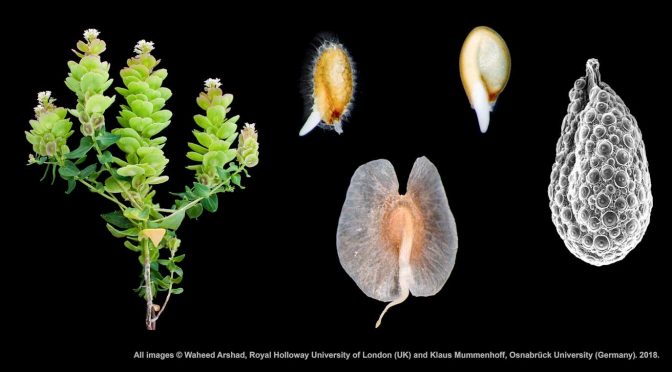
Be As Flexible As The Stone Cress: It Produces Two Kinds Of Fruit So Seeds Will Thrive Anywhere
“We revealed two very contrasting dispersal mechanisms, employed by the same plant, at the same time. The slimy seeds adhere to the soil, effectively preventing their dispersal, while the small fruit disperses in its entirety by wind or water currents, thereby promoting its dispersal.” (Click on title for full story.)
-

How Can One Of The Largest Living Organisms Be Eaten Away? The Death Of The Pando Aspens
The team specifically found that the grove of aspens hasn’t been able to effectively replace its aging and dying trees. The grove of 47,000 trees has remained for thousands of years partially because the single organism has been able to supply trees at every stage of an aspen’s life, helping it to be resistant to…
-
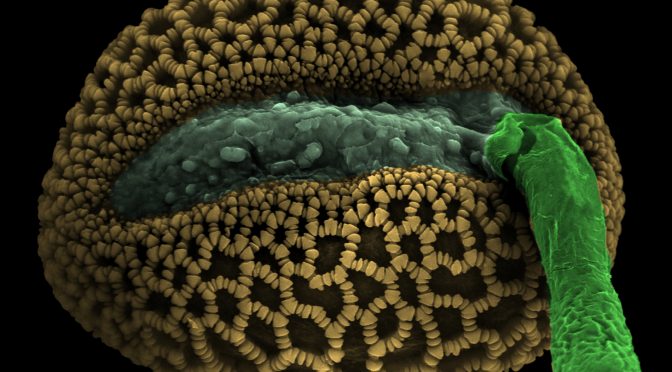
Let’s Talk Plant Sex. It’s A Bit Like Ours
We discovered that the water pressure and force that these tiny cells exert as they push through the plant tissue to reach their destination is equivalent to the air pressure we put in our car tires to keep them rolling. What is even more exciting is that we found that when the pollen tube encounters…
-
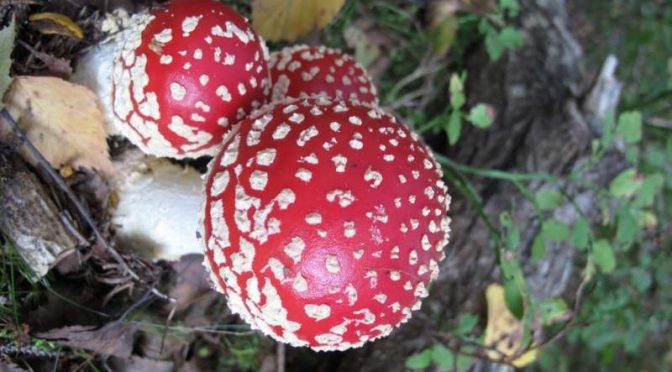
How A Group Of Mushrooms Abandoned Rotting Plants To Partner With Live Ones
The evolution of Amanita inopinata —”the unexpected one,” in Latin—and the other Amanitas also seem to support a developing consensus that symbiosis, once thought to be exceptional, may actually be easy to evolve. The researchers didn’t find that Amanita needed to develop a new, complex suite of genes in order to start partnering with plants.…
-

When A Tree’s Parasite Has A Parasite Of Its Own
Scientists studying wasps that target oak leaves found that a second parasite, a vine, can get its tendrils into the homes set up by the wasps, called galls, subverting their diversion of the host’s resources. After that, things don’t go so well for the wasp. (Click on title for full story.)
-
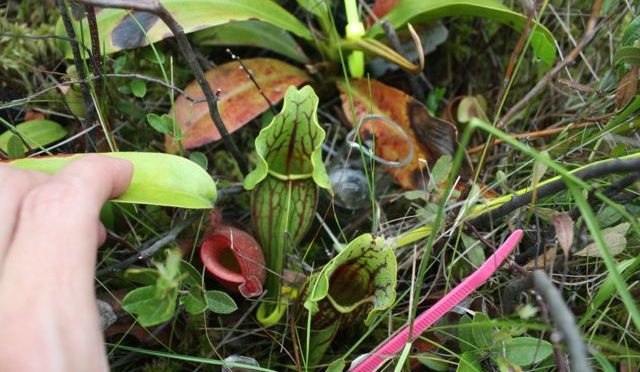
Although Separated By Continents And Seas, Carnivorous Plants Can Trade Homes
Asian pitchers transplanted to Massachusetts bogs can even mimic the natives so well that the pitcher plant mosquito — a specialized insect that evolved to complete its life cycle exclusively in North American pitchers — lays eggs in the impostors. The researchers say this work provides a much richer picture of how convergence can extend…
